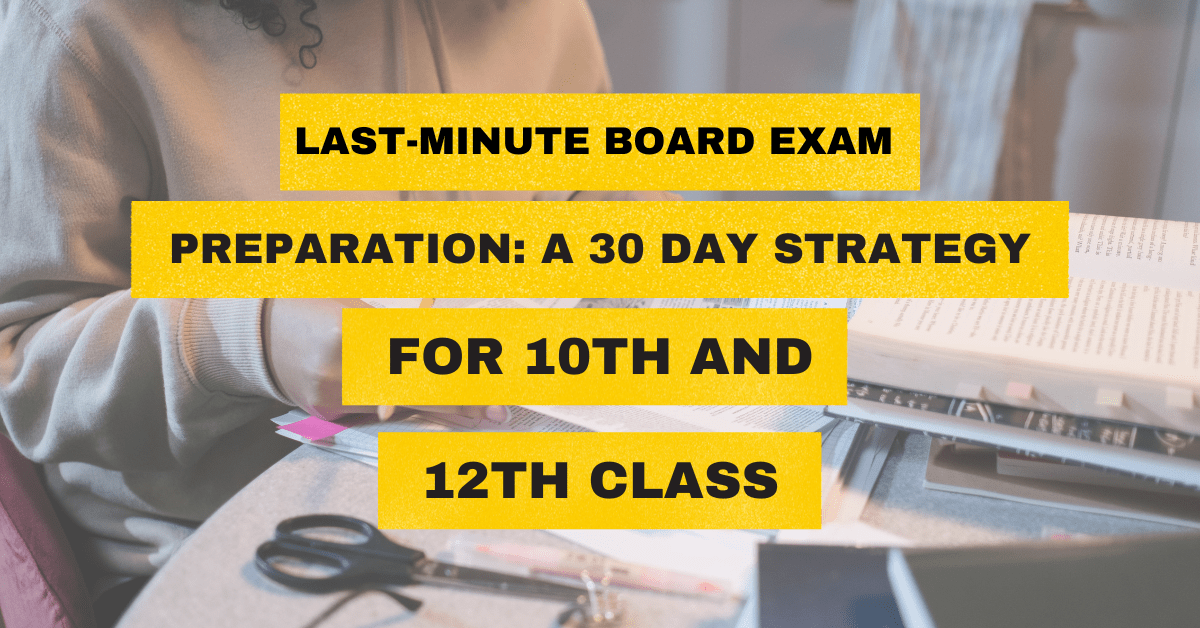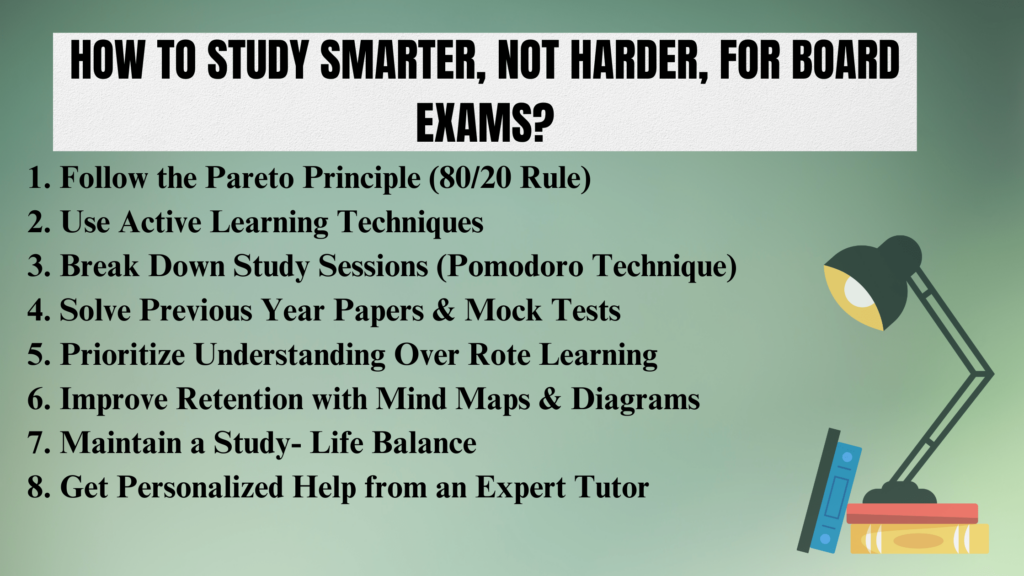
A special education class at West Contra Costa Unified’s Stege Elementary School in Richmond.
Credit: Andrew Reed / EdSource
West Contra Costa Unified School District’s school board approved a plan Wednesday night that will cut educator and administrative positions, and reduce funds for programs and supplies in order to stay fiscally solvent and avoid a state takeover.
District officials have been grappling with how to cut $32.7 million in costs between 2024 and 2027; cuts for the current school year total $19.7 million.
Cuts for the rest of the deficit, $13 million, will be spread out over the next two school years: $7 million in 2025-26 and $6 million in 2026-27. District officials warned it’s likely more reductions will occur after 2027.
Board members Leslie Reckler, Cinthia Hernandez and Guadalupe Enllana voted for the plan. Reckler, board president, said she voted for the solvency plan to “literally save the district.”
“No one wants to do this; no one runs for office to do this; no one works here to do this,” Reckler said. “This is an absolute necessity. We are staring down a dire fiscal situation.”
Trustee Demetrio Gonzalez-Hoy was absent while trustee Jamela Smith-Folds abstained from voting.
“I want us to start coming together, and I think the way to say that is to abstain,” Smith-Folds said. “This is part of the board’s job that is the hardest because these numbers (budget cuts) are attached to people.”
According to district officials, declining enrollment, expiration of Covid-19 relief funds, increased costs for special education programs, and underfunded mandates from state and federal governments are reasons West Contra Costa is strapped for cash. Districts across the state have been dealing with the same issues, including San Francisco and Oakland.
It’s not the first time West Contra Costa has faced challenging budget deficits. In 1991, the district became the first in the state to go insolvent and received a $29 million bailout loan, which took 21 years to pay off.
District officials presented a detailed list of staffing cuts — including teachers, social workers, speech therapists, assistant principals, and administrators — spanning from the 2025 school year through 2027. Over the next two school years, about 1.6% of staff in the teachers’ union will be let go for a total savings of about $3.7 million.
Cuts to educator positions are also coming during a time when West Contra Costa schools are struggling to fill vacant positions. Dozens of educators have, at various board meetings, expressed the hardships of not having fully staffed schools. Francisco Ortiz, president of United Teachers of Richmond, said last month that most schools have to use substitutes on a daily basis.
The majority of school budgets are used to pay staff salaries and benefits, district officials said. In West Contra Costa, that amounts to nearly 84%. This is the reason it wasn’t possible to avoid cutting staffing positions, district officials say.
Recent salary increases have also affected spending, district officials said. Salaries have increased 19.5% over the past five years, and benefits have increased by about 26%.
For the next school year, about $100,000 will be cut from the International Baccalaureate (IB) program; the high school theater budget will be reduced by $20,000, and art supplies by $14,000.
District officials said they are exploring other ways to save money that don’t impact the classroom, including increasing annual daily attendance, which is how the district receives revenue. For every 1% increase in attendance, the district would generate $2.75 million in additional state funding.




